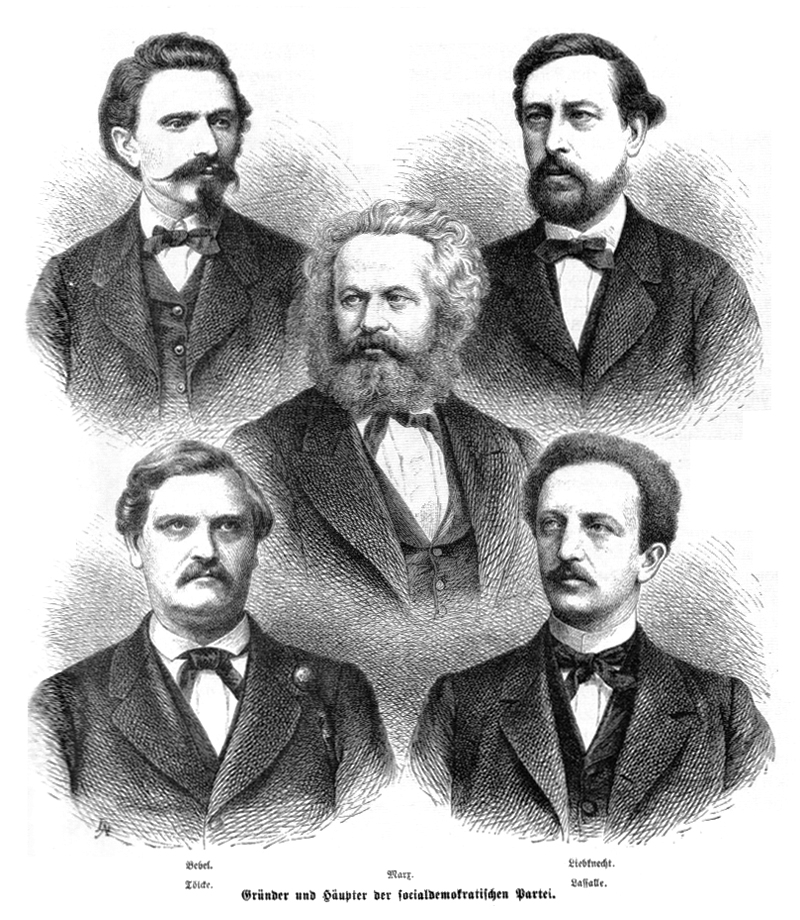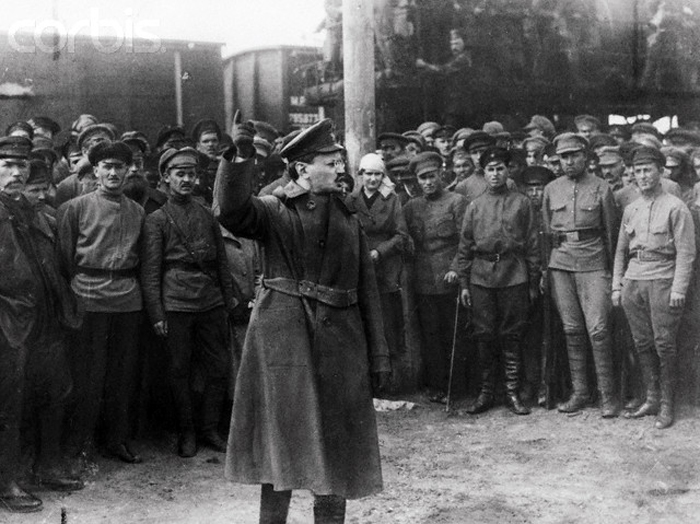|
People's Multiparty Democracy
People's Multiparty Democracy (, abbreviated ) refers to the ideological line of the Communist Party of Nepal (Unified Marxist–Leninist), Unified Socialist Party and Nepal Communist Party. It was proclaimed in 1993. This thought abandons the traditional Leninist idea of a revolutionary communist vanguard party in favor of a democratic Democrat, Democrats, or Democratic may refer to: Politics *A proponent of democracy, or democratic government; a form of government involving rule by the people. *A member of a Democratic Party: **Democratic Party (United States) (D) **Democratic ... multi-party system. It is considered an extension of Marxism–Leninism by Madan Bhandari, the CPN-UML leader who developed it, and is based on the home-ground politics of Nepal. During the merger of CPN(UML) and the Unified Communist Party of Nepal (Maoist Centre) into the Nepal Communist Party, the party line of the united party was provisionally defined as 'People's Democracy' as a co ... [...More Info...] [...Related Items...] OR: [Wikipedia] [Google] [Baidu] |
Communist Party Of Nepal (Unified Marxist–Leninist)
The Communist Party of Nepal (Unified Marxist–Leninist) (; abbr. CPN (UML)) is the largest political party in Nepal on the basis of memberships. As per the results of recent elections, ''CPN (UML)'' stands as the second largest party of Nepal at all levels of government. There have been four prime ministers from the party while the party has led the government five times. CPN (UML) currently serves as the main coalition partner in the Federal Parliament of Nepal and all of the seven provincial assemblies. As of 2021, the party claims to have nearly 800,000 members. CPN (UML) was the main opposition after the first election following the restoration of multi-party democracy. The party led a minority government under Manmohan Adhikari following the 1994 election. The party joined a coalition government with CPN (Maoist) in 2008 in the first elections after the end of monarchy in Nepal and led two governments under Madhav Kumar Nepal and Jhala Nath Khanal during the t ... [...More Info...] [...Related Items...] OR: [Wikipedia] [Google] [Baidu] |
Madan Bhandari
Nepal Ratna Man Padavi Madan Kumar Bhandari ( ne, मदन कुमार भण्डारी) (27 June 1951K.C., Surendra. ''Aitihasik dastavej sangroh - bhag 2''. Kathmandu: Pairavi Prakashan, 2063 B.S.. p 464. – 17 May 1993), commonly known as Madan Bhandari, was a popular Nepali political leader belonging to the Communist Party of Nepal (Unified Marxist–Leninist), a democratic communist party in Nepal. He defeated the incumbent Prime Minister Krishna Prasad Bhattarai in a landslide victory of 1991 general election. Known for his charismatic style, Bhandari had propounded the popular communist principle or thought "People's Multiparty Democracy" ( ne, जनताको बहुदलीय जनवाद). He is widely regarded for peaking the Nepal's communist movement to a greater height. He died in a jeep accident in Dasdhunga, Chitwan, in 1993. Life Madan Bhandari was born in the Dhungesangu village of Taplejung district in eastern Nepal. He studied in ... [...More Info...] [...Related Items...] OR: [Wikipedia] [Google] [Baidu] |
Social Democracy
Social democracy is a political, social, and economic philosophy within socialism that supports political and economic democracy. As a policy regime, it is described by academics as advocating economic and social interventions to promote social justice within the framework of a liberal-democratic polity and a capitalist-oriented mixed economy. The protocols and norms used to accomplish this involve a commitment to representative and participatory democracy, measures for income redistribution, regulation of the economy in the general interest, and social welfare provisions. Due to longstanding governance by social democratic parties during the post-war consensus and their influence on socioeconomic policy in Northern and Western Europe, social democracy became associated with Keynesianism, the Nordic model, the social-liberal paradigm, and welfare states within political circles in the late 20th century. It has been described as the most common form of Wester ... [...More Info...] [...Related Items...] OR: [Wikipedia] [Google] [Baidu] |
Nepalese Democracy Movements
Nepali or Nepalese may refer to : Concerning Nepal * Anything of, from, or related to Nepal * Nepali people, citizens of Nepal * Nepali language, an Indo-Aryan language found in Nepal, the current official national language and a language spoken in India * Nepal Bhasa, a Sino-Tibetan language found in Nepal, formerly the official national language * Nepalese literature * Nepalese cuisine * Nepalese culture * Nepali cinema * Nepali music Other uses * ''Nepali'' (film), a 2008 Indian Tamil-language film See also * Nepal (other) * * * Languages of Nepal * Nepal Nepal (; ne, नेपाल ), formerly the Federal Democratic Republic of Nepal ( ne, सङ्घीय लोकतान्त्रिक गणतन्त्र नेपाल ), is a landlocked country in South Asia. It is ma ... is a south Asian country with a population of nearly 30 million. {{disambiguation Language and nationality disambiguation pages ... [...More Info...] [...Related Items...] OR: [Wikipedia] [Google] [Baidu] |
Communist Party Of Nepal (Maoist Centre)
The Communist Party of Nepal (Maoist Centre) (), abbreviated CPN (Maoist Centre), CPN-Maoist Centre, CPN Maoist Centre, or CPN (MC), is the third largest political party in Nepal. It was founded in 1994 after breaking away from the Communist Party of Nepal (Unity Centre). The party has led three governments, from 2008 to 2009 and from 2016 to 2017 under Pushpa Kamal Dahal and from 2013 to 2015 under Baburam Bhattarai. The party was previously known as the Communist Party of Nepal (Maoist) until 2009 and as the Unified Communist Party of Nepal (Maoist) until 2016. In 2008, The Unified Communist Party of Nepal (Maoist) placed first in the election with 220 out of 575 elected seats and became the largest party in the Constituent Assembly. In the 2013 elections, the party won 80 out of 575 elected seats to become the third largest party in the Constituent Assembly of Nepal. The party dissolved on 17 May 2018, after merging with the Communist Party of Nepal (Unified Marxist� ... [...More Info...] [...Related Items...] OR: [Wikipedia] [Google] [Baidu] |
Politics Of Nepal
The politics of Nepal functions within the framework of a parliamentary republic with a multi-party system. Executive power is exercised by the Prime Minister and their cabinet, while legislative power is vested in the Parliament. The Governing Nepali Congress and Communist Party of Nepal (UML) have been the main rivals of each other since the early 1990s, with each party defeating the other in successive elections. There are seven major political parties in the federal parliament: Nepali Congress (NC), CPN (UML), CPN (Maoist-centre), CPN (Unified Socialist), People's Socialist Party, Nepal, Loktantrik Samajwadi Party, Nepal and People's Progressive Party. While all major parties officially espouse democratic socialism, UML, Unified Socialist and Maoist-centre are considered leftist while the Nepali Congress, Democratic Socialist Party and People's Progressive Party are considered centrist, with most considering them center-left and some center-right. The party PSP-N is cent ... [...More Info...] [...Related Items...] OR: [Wikipedia] [Google] [Baidu] |
Marxism–Leninism
Marxism–Leninism is a List of communist ideologies, communist ideology which was the main communist movement throughout the 20th century. Developed by the Bolsheviks, it was the state ideology of the Soviet Union, its Soviet satellite states, satellite states in the Eastern Bloc, and various countries in the Non-Aligned Movement and Third World during the Cold War, as well as the Communist International after Bolshevisation. Today, Marxism–Leninism is the ideology of the ruling parties of Chinese Communist Party, China, Communist Party of Cuba, Cuba, Lao People's Revolutionary Party, Laos and Communist Party of Vietnam, Vietnam (all One-party state, one-party 'socialist republics'), as well as many List of communist parties, other communist parties, while Juche, the state ideology of North Korea is derived from Marxism–Leninism. Marxist–Leninist states are commonly referred to as "communist states" by Western academics. Marxism–Leninism holds that a Two-stage theory, ... [...More Info...] [...Related Items...] OR: [Wikipedia] [Google] [Baidu] |
Communist Party Of Nepal (Unified Socialist)
The Communist Party of Nepal (Unified Socialist) (), abbreviated as CPN (Unified Socialist) is a political party in Nepal. Former Prime Minister Madhav Kumar Nepal is the chairman of the party and former Prime Minister Jhala Nath Khanal serves as the senior leader. As of August 2021, the party had voted in favour of Nepali Congress led Deuba government and is an important ally in the governing coalition. The party was officially registered at the Election Commission, Nepal on 18 August 2021 while it received its certificate of registration on 25 August when the Election Commission verified its application with signature of more than twenty percent in both central committee and federal parliamentary party. Ideology The party's ideology consists of Marxism–Leninism and support for a multi-party system. The party also favors socialist-oriented economy. History Formation The President of Nepal, on the recommendation of the council of ministers issued second amendment o ... [...More Info...] [...Related Items...] OR: [Wikipedia] [Google] [Baidu] |
Multi-party System
In political science, a multi-party system is a political system in which multiple political parties across the political spectrum run for national elections, and all have the capacity to gain control of government offices, separately or in coalition. Apart from one-party-dominant and two-party systems, multi-party systems tend to be more common in parliamentary systems than presidential systems and far more common in countries that use proportional representation compared to countries that use first-past-the-post elections. Several parties compete for power and all of them have reasonable chance of forming government. In multi-party systems that use proportional representation, each party wins a number of legislative seats proportional to the number of votes it receives. Under first-past-the-post, the electorate is divided into a number of districts, each of which selects one person to fill one seat by a plurality of the vote. First-past-the-post is not conducive to a prol ... [...More Info...] [...Related Items...] OR: [Wikipedia] [Google] [Baidu] |
Representative Democracy
Representative democracy, also known as indirect democracy, is a type of democracy where elected people represent a group of people, in contrast to direct democracy. Nearly all modern Western-style democracies function as some type of representative democracy: for example, the United Kingdom (a unitary parliamentary constitutional monarchy), India (a federal parliamentary republic), France (a unitary semi-presidential republic), and the United States (a federal presidential republic). Representative democracy can function as an element of both the parliamentary and the presidential systems of government. It typically manifests in a lower chamber such as the House of Commons of the United Kingdom, and the Lok Sabha of India, but may be curtailed by constitutional constraints such as an upper chamber and judicial review of legislation. Some political theorists (including Robert Dahl, Gregory Houston, and Ian Liebenberg) have described representative democracy as pol ... [...More Info...] [...Related Items...] OR: [Wikipedia] [Google] [Baidu] |



